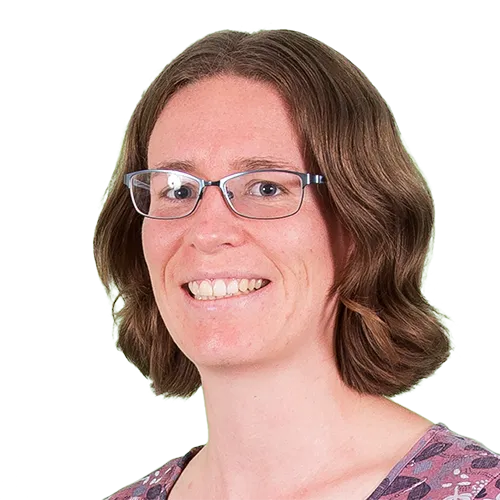Citation

Overview
New research from BTO Scotland has investigated how to improve the effectiveness of the BTO/JNCC/RSPB Breeding Bird Survey (BBS) in monitoring Scotland’s birds.
In more detail
Since the launch of BBS in 1994, volunteers have covered thousands of random 1 km squares across the UK, and as a result we are now able to produce population trends for 117 of the UK’s commoner breeding bird species. Country-specific trends are also produced for a subset of species and these are of great use to a variety of stakeholders, including the devolved administrations.
Scotland presents some unique challenges which make it difficult to achieve the levels of BBS coverage we would ideally like – most notably the rugged physical geography and a thinly spread human population in many areas. We need to better understand the constraints such challenges place on participation in order to further increase coverage in Scotland, and overcome any existing biases in survey effort.
The research reviewed historic patterns of coverage for 958 BBS squares in Scotland. It revealed some significant differences in coverage, with lowland squares having been visited much more often than those over 600 m. On average, 44% of available visits to lowland squares had been completed versus 20% for high altitude squares. Coverage was highest in areas of high human population density whereas steeply sloping ground, conifer plantations, elevation, and ascent from the nearest road all had a negative effect on visit frequency.
In order to address these issues, and increase coverage overall, a number of potential solutions were considered. Of these, the most favourable option was ‘Roving Observers’, allowing single one-off visits to a selection of carefully selected, seldom-covered remote squares. It was felt that this scheme might appeal to holidaying birdwatchers, Munro-baggers, and hillwalking birdwatchers, all of whom might enjoy exploring new parts of Scotland, collecting valuable data, and hopefully seeing some of Scotland’s more charismatic upland birds.
In response to these findings, we launched the UK-wide BBS Upland Rovers scheme in 2017, where volunteers can sign up for single one-off visits (though two visits are encouraged where possible). This scheme proved to be very popular, with 125 Upland Rovers squares covered in 2019. The resulting data have already improved the representativeness of our trends for several widespread species, and have brought species such as Whinchat and Redshank closer to the 30-square average coverage threshold that would allow Scottish population trends to be produced. Although this style of coverage requires some compromises with respect to the ideal BBS survey method (two visits by the same observer for multiple years) it is clearly generating valuable data.
By better-understanding the constraints we can continue to increase BBS coverage and we will gain an ever-clearer picture of the population trends underpinning Scotland’s iconic birdlife. Huge thanks to all of the survey volunteers for their invaluable input. Many of them go to extraordinary lengths to collect data from remote and challenging parts of Scotland, for which we are extremely grateful.




